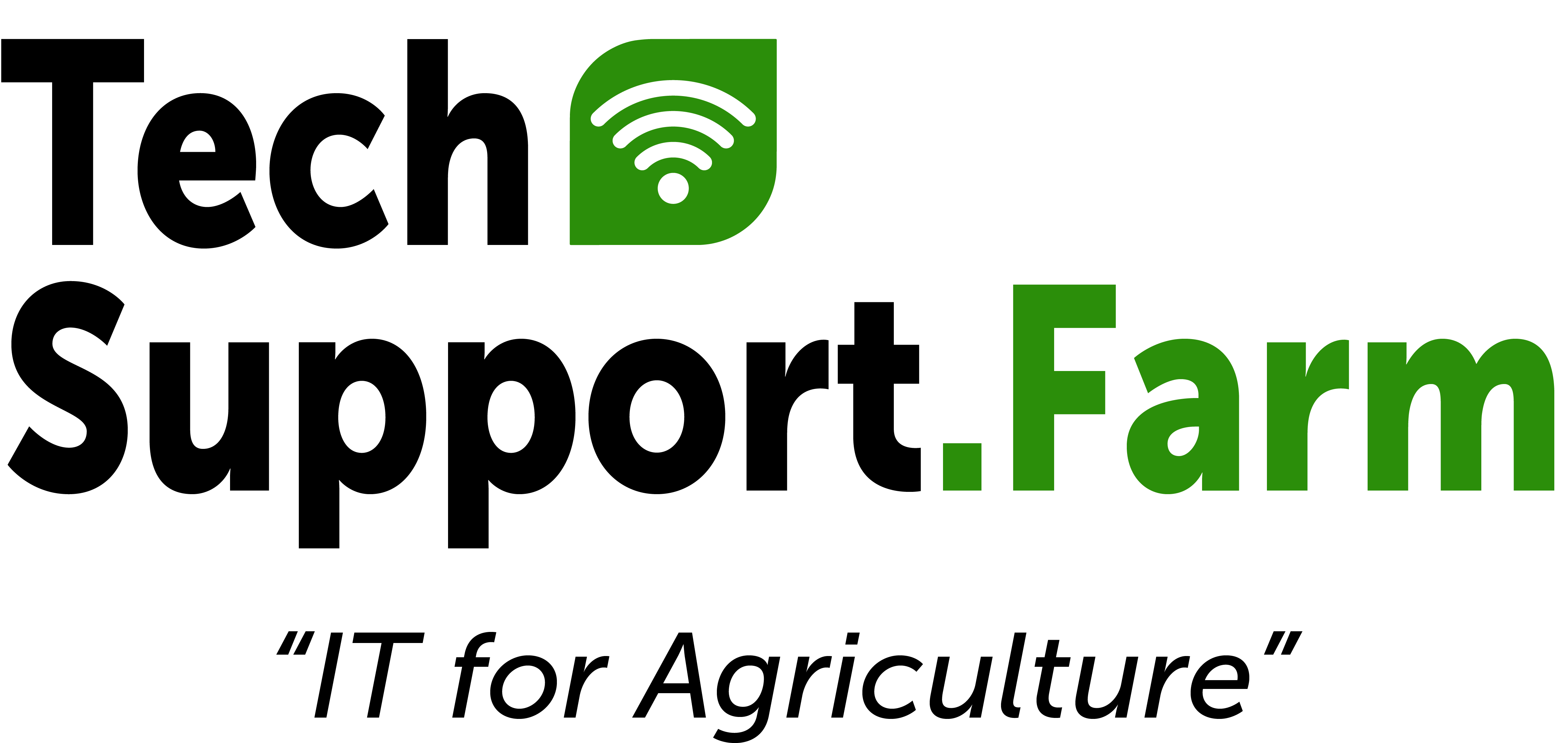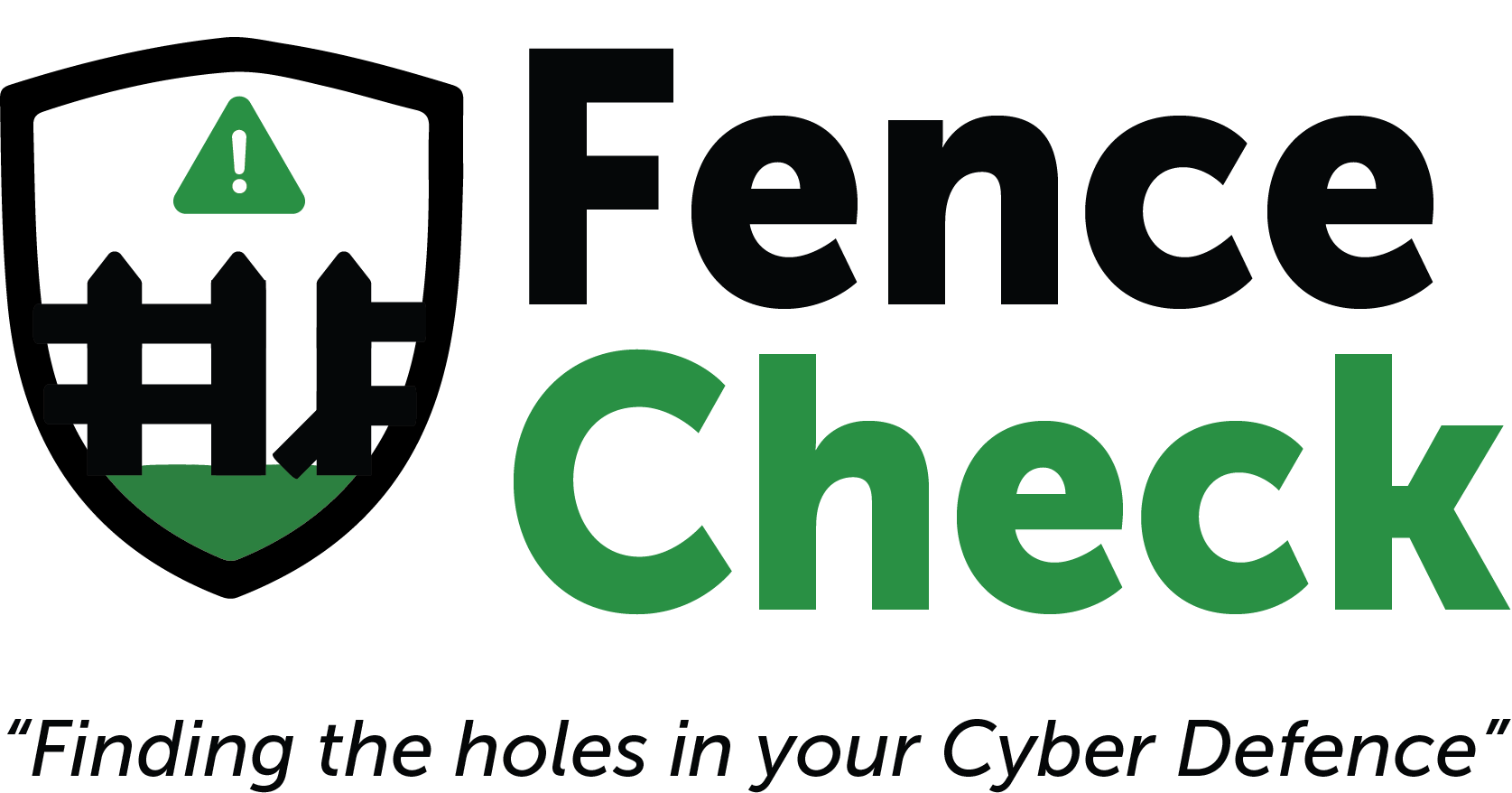Cyber Threats to US Ag & What You Can Do About It
Author: Chris Sherman, Principal Owner of Tech Support.Farm, Inc.
Published: May 2025
Abstract
From the field to the farm shop, the digital revolution in agriculture has changed the way we raise, harvest, and distribute food. However, with progress comes risk. Cybercriminals have discovered a goldmine in America's food chain where legacy infrastructure, public-facing records, and a culture of trust make for a perfect target. This post highlights where those vulnerabilities lie, explores the current threats, and introduces Tech Support.Farm’s Fence Check—a tool designed for real-world farmers to identify and gauge their own risks, without needing a degree in IT.
1. Introduction: The Most Important Infrastructure We Forget to Defend
Cybersecurity often sounds like something for banks, tech firms, or government agencies. But what about grain dryers? Dairy parlor robots? Remotely managed irrigation pivots? These are all internet-connected systems used every day in American agriculture. And while they might appear unlikely targets, the truth is, they are. The attackers don’t care if you grow corn or raise cattle. They care if they can ransom your farm.
American ag is running wide open, but its firewall is often a rickety wooden fence.
2. Why Agriculture Is So Vulnerable
Let’s be honest: farmers are hard-wired to be trusting. It's part of our culture. You shake hands, honor your word, and assume others will do the same. But in a world where attackers can spoof emails, mimic vendor invoices, and hijack remotely managed systems from halfway across the globe, that trust can be used against you.
A few key realities:
- Older generations may control the farm—and are more susceptible to phishing and social engineering.
- Farm data is incredibly public—subsidy databases, H-2A worker lists, and ag census records are easily searchable.
- Farmers don't think like attackers. That’s not ignorance—it’s a different skill set.
3. The Threats Are Real and Growing
Attacks on the food and ag sector are not theoretical. They’ve already happened:
- JBS (2021): Ransomware shut down 20% of U.S. beef processing.
- NEW Cooperative (2021): Hackers accessed ICS/SCADA systems managing feed production.
- Crystal Valley Co-op (2022): Email compromise disrupted operations including payroll and ordering.
If you think you’re too small to be a target—think again.
4. What Makes Ag Different from Other Industries
- Shared accounts are common across staff.
- Outdated tech is still internet-connected.
- DIY networking often lacks proper security settings.
- Rural broadband limitations delay patches and backups.
5. Most Common Attack Types in Agriculture
- Ransomware: Locking machinery before harvest.
- Phishing: Fake emails from vendors and co-ops.
- Business Email Compromise (BEC): Invoice hijacking and wire fraud.
- ICS Attacks: Hacking into equipment control systems.
- Supply Chain Infiltration: Attacks spreading through shared digital infrastructure like feed mills or software platforms.
6. The Regulatory Gap
Agriculture is critical infrastructure, but lacks meaningful regulation. While banking and healthcare are heavily governed, ag relies mostly on voluntary guidance.
Groups like FOOD-ISAC, Bio-ISAC, CISA, and USDA are stepping up—but most farms aren’t members and don’t even know they exist.
7. Cultural Barriers to Cybersecurity
- Cybersecurity feels expensive and confusing.
- Small farms assume they’re too insignificant to be attacked.
- “Trust” is often mistaken for a security policy.
8. Public Exposure of Farm Data
- USDA program data: Names, acreage, payments are public.
- H-2A worker lists: Locations and employers are accessible.
- FSA/EQIP applications: Often include sensitive details.
9. Risk Mapping and Threat Modeling
Most farmers are unfamiliar with digital risk mapping—but they already model weather and yield every season. It’s the same logic applied to digital infrastructure.
Key questions:
- What systems are digital?
- How are they connected?
- Who accesses them?
- What happens if one gets hit?
That’s why we built Fence Check.
10. Introducing Fence Check: The Threat Assessment Tool for Ag
Fence Check is a plain-language cybersecurity tool for farmers and agribusinesses. It walks through:
- Farm size and structure
- Digital tools and automation
- Personnel access and practices
- Backup and recovery habits
You receive a custom PDF report within 24 hours, no tech jargon, no sales pitch.
11. How to Use It
- Visit techsupport.farm/fencecheck
- Complete the 15-minute survey
- Receive your report via email
- No pressure. Just insight.
12. Call to Action: The Time Is Now
Cybersecurity is a food security issue. No more ignoring emails, sharing passwords, or hoping for the best. Your farm, your data, and your legacy are worth protecting.
Take the 15-minute Fence Check. Know your risks. Defend your operation.
About the Author
Chris Sherman is the Principal Owner of Tech Support.Farm, an MSSP based in West Fargo, ND. He brings a unique blend of ag roots and cybersecurity expertise to defend America’s farms from digital threats.


